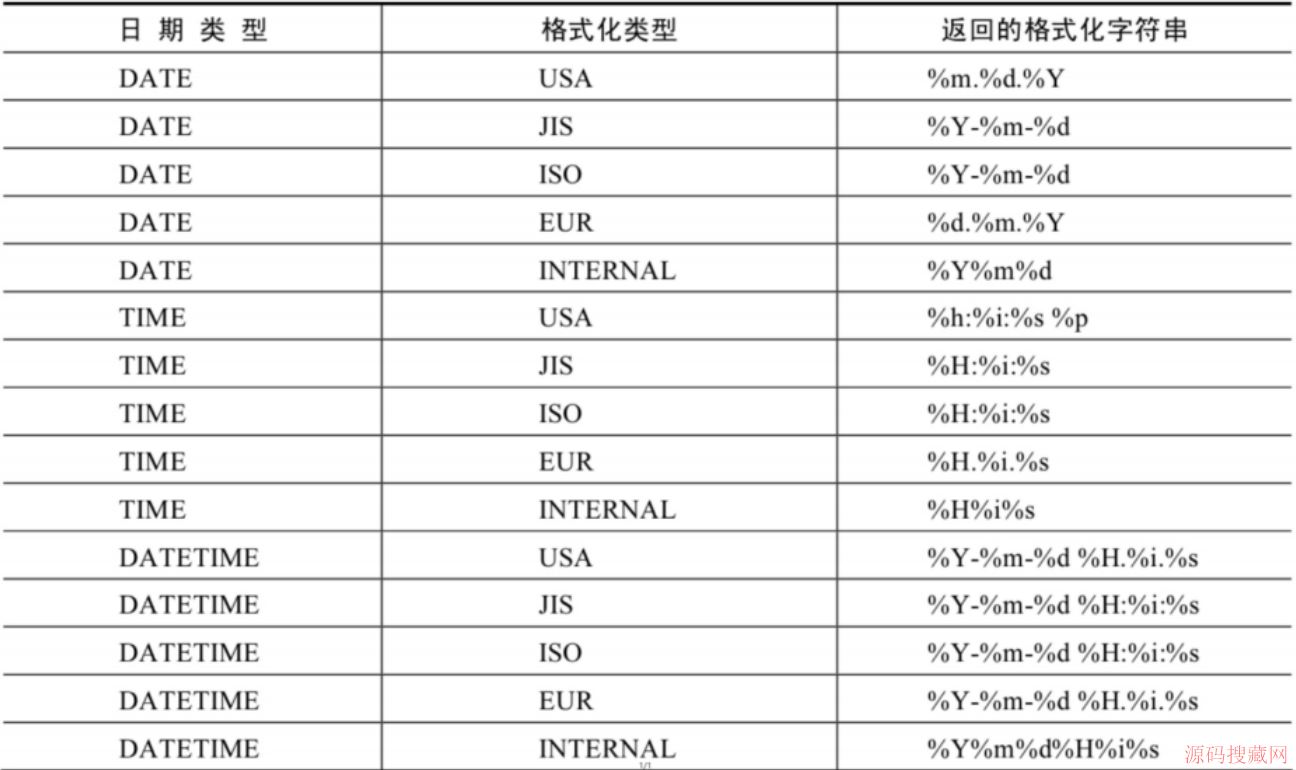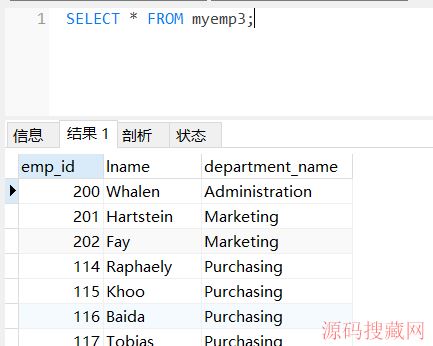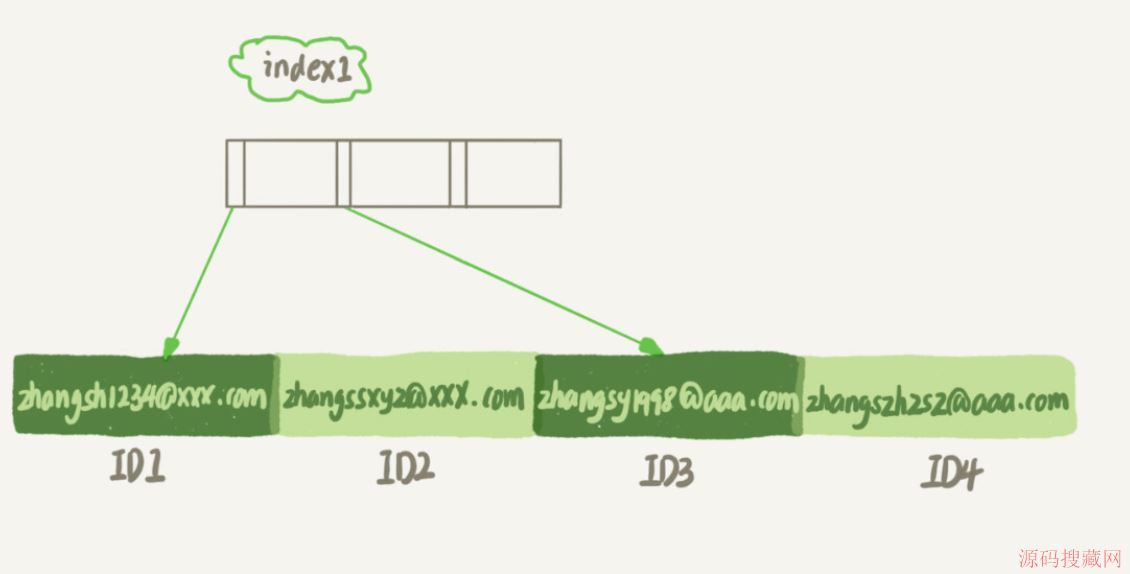MySQL vs PostgreSQL(7)
PostgreSQL does not have an unsigned integer data type (which is not a standard one and can be replaced by a SQL DOMAIN in PG), but it has a much richer data type support in several aspects: standards compliance, the logically fundamental data type BOOLEAN, IP address and networks, user-defined data types mechanism, built-in and contributed data types.
PostgreSQL allows columns of a table to be defined as variable-length multidimensional arrays. Arrays of any built-in or user-defined base type, enum type, or composite type can be created. Arrays of domains are not yet supported. [12]
MySQL has set and enum types.
MySQL does not have network IP address data types that PostgreSQL has but does provide INET_ATON() and INET_NTOA() functions to convert IPv4 addresses to and from integers, which are easily stored.
Also, PostgreSQL supports a range of IP-related functions like checking whether a range is part of another range, etc.
[edit] SubqueriesBoth MySQL and PostgreSQL support subqueries. Support for them is more recent in MySQL and performance is still being improved for some types of subquery that may have already been optimised in PostgreSQL. It should also be noted that MySQL does not allow for a subquery in a view. This feature was removed after 4.1 and as of 5.5 was still not available. Workarounds include nested views, joins and hacking the source code.
However, it must be extremely clear that there remains a lot of basic subqueries with major optimization problems in current MySQL versions (5.5.x), which HAVE to be worked around..
Also, be careful as the way "NOT IN" works is not the same across DBMS's (i.e. you need inner/outer value null checks in mysql, they're integrated in postgresql, etc.).
Both MySQL and PostgreSQL support joins. As for subqueries, the support is more recent in MySQL too, and the performance in many cases is still behind that of PostgreSQL, also requires workarounds etc. MySQL does not support FULL OUTER JOIN. There are even cases where a MySQL (innodb) join will crashinstead of just being slow (maybe someone has that experience with a recent version of PostgreSQL, if yes please comment).
[edit] Advanced IndexingAdvanced indexing methods allow database systems to optimize queries to achieve greater performance.
Index Type MySQL PostgreSQL
Hash indexes InnoDB, NDB and MEMORY engines support Hash indexes PostgreSQL supports Hash indexes, though as of 8.1 they are never faster than b-tree indexes [13]
Multiple Indexes MySQL supports multiple indexes per table and can use one for each alias of a table; since 5.0 it will also use index merge to use multiple indexes for a single alias. PostgreSQL supports multiple indexes per query.
Full-Text Indexes
MySQL comes with full-text search for InnoDB and MyISAM storage engines. Prior to version 5.6 only the MyISAM storage engine supported this feature. [14]
A 3rd party add-on to MySQL, Sphinx Fulltext Search Engine allows it to support full-text searches on storage engines which do not natively support it.
PostgreSQL 8.2 has full text search in the tsearch2 module.PostgreSQL 8.3 integrates tsearch2 into the core: "TSearch2, our cutting-edge full text search tool, has been fully integrated into the core code, and also has a cleaner API." [15]
Partial Indexes MySQL does not support partial indexes. PostgreSQL supports partial indexes:
A partial index is an index built over a subset of a table; the subset is defined by a conditional expression (called the predicate of the partial index). The index contains entries for only those table rows that satisfy the predicate. Partial indexes are a specialized feature, but there are several situations in which they are useful.
One major reason for using a partial index is to avoid indexing common values. Since a query searching for a common value (one that accounts for more than a few percent of all the table rows) will not use the index anyway, there is no point in keeping those rows in the index at all. This reduces the size of the index, which will speed up queries that do use the index. It will also speed up many table update operations because the index does not need to be updated in all cases.
—PostgreSQL , PostgreSQL 8.2.6 Documentation: Chapter 11. Indexes
Prefix Indexes MySQL supports prefix indexes. Prefix indexes cover the first N characters of a string column, making the index much smaller than one that covers the entire width of the column, yet still provide good performance characteristics. With PostgreSQL, prefix indexes are a particular case of Expression Indexes (see below).
Multi-column Indexes MySQL is limited to 16 columns per index. [16] And not all storage engines provide multi-column indexes. PostgreSQL is limited to 32 columns per index. [17]
Bitmap Indexes MySQL has no bitmap indexes but achieves similar functionality using its "index_merge" feature. PostgreSQL supports the ability to combine multiple indexes at query time using bitmap indexes.
热门源码







